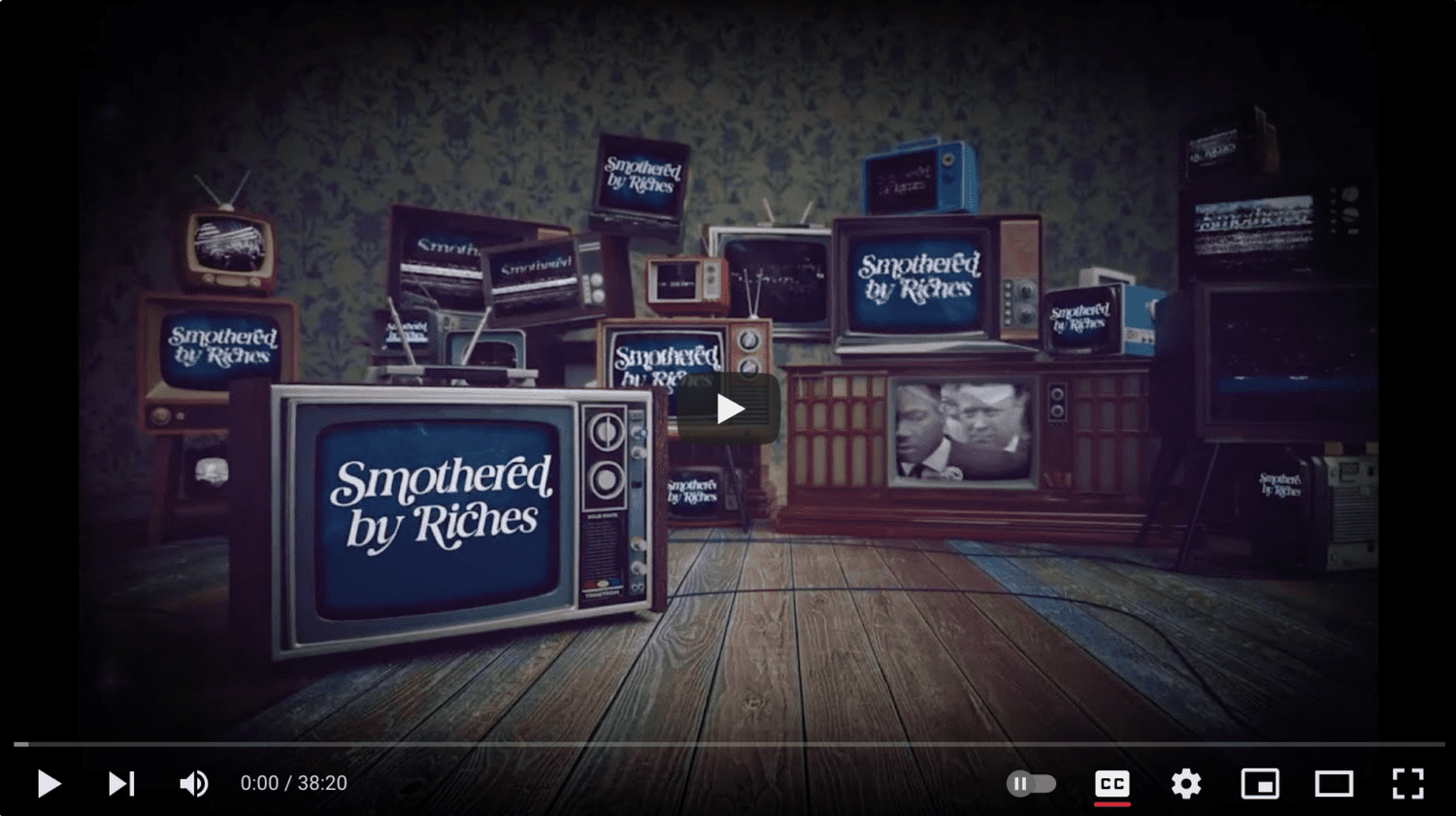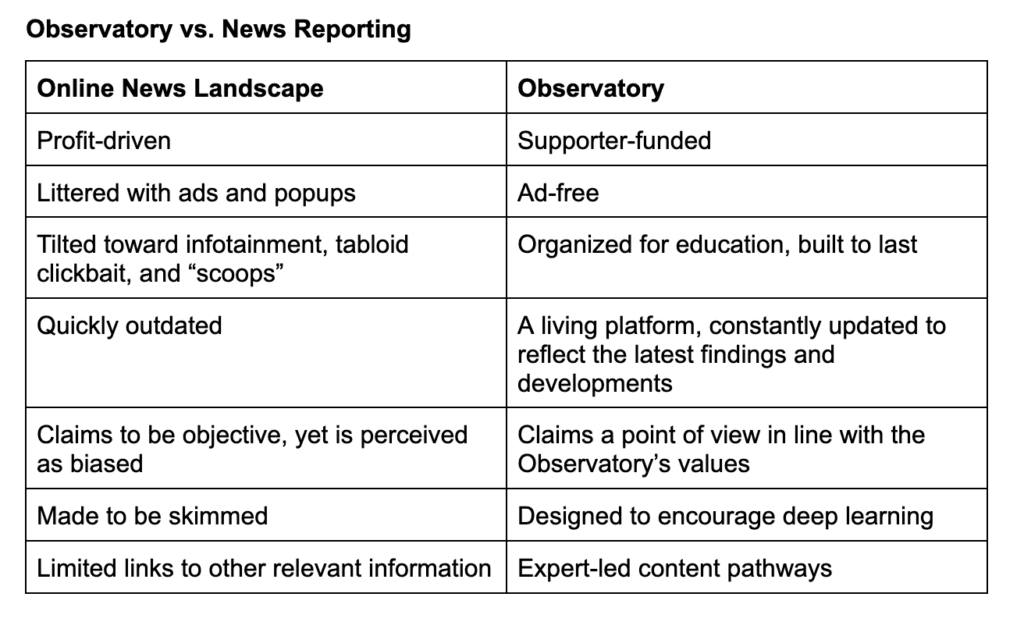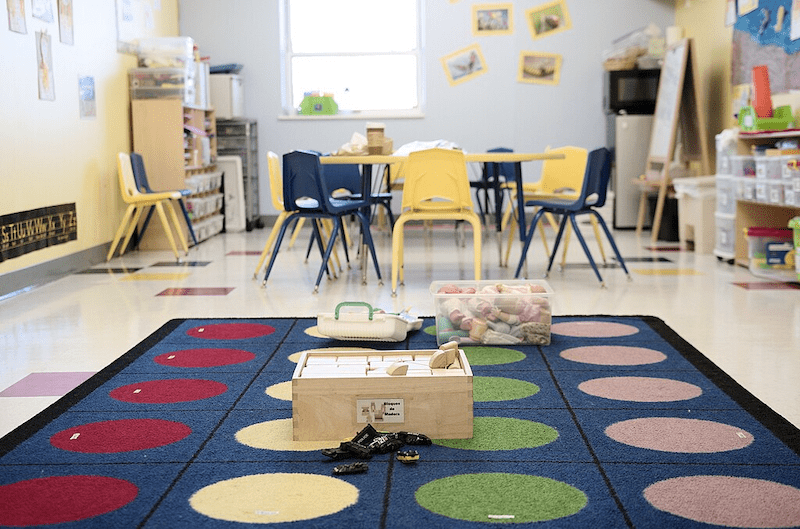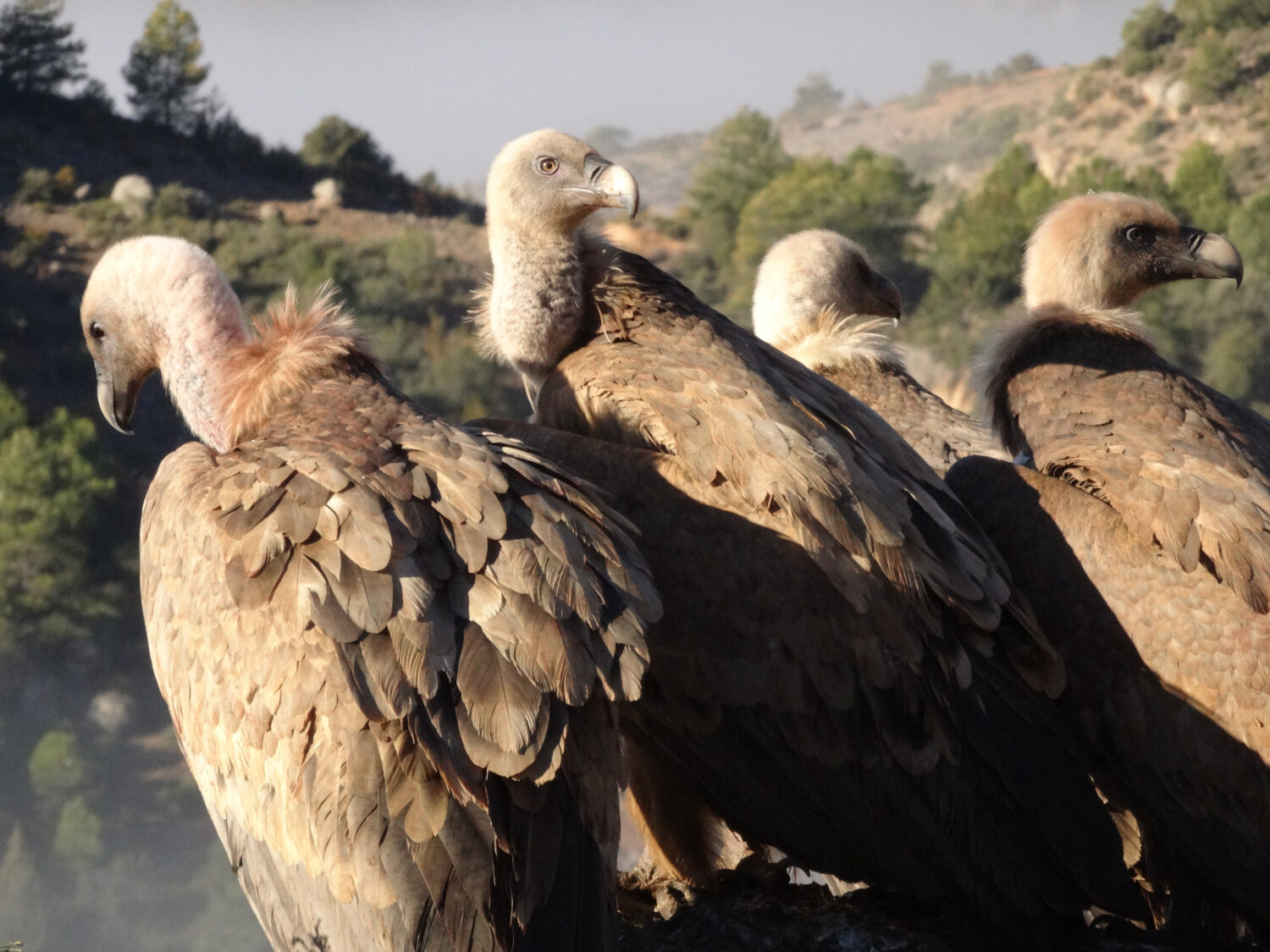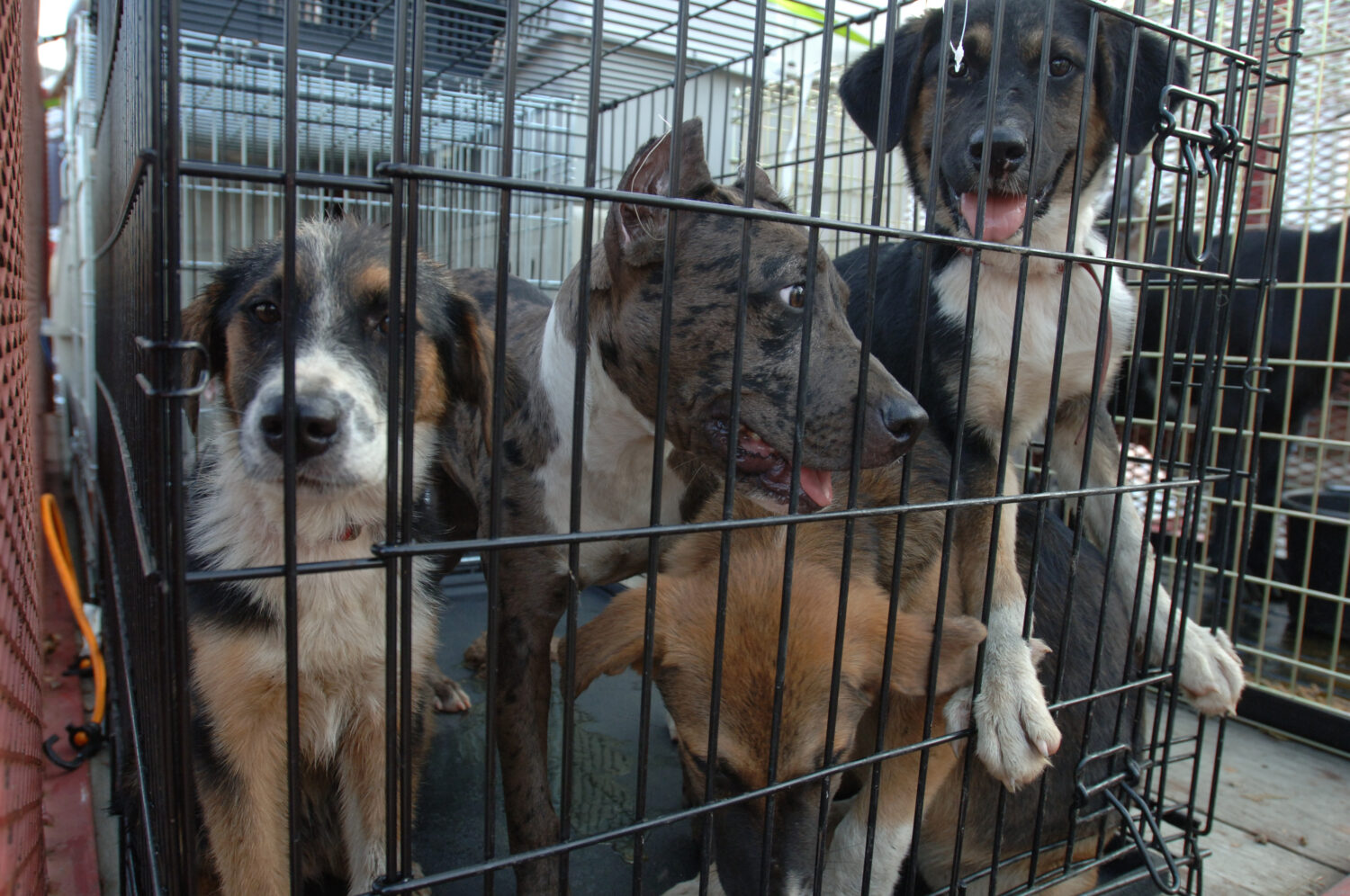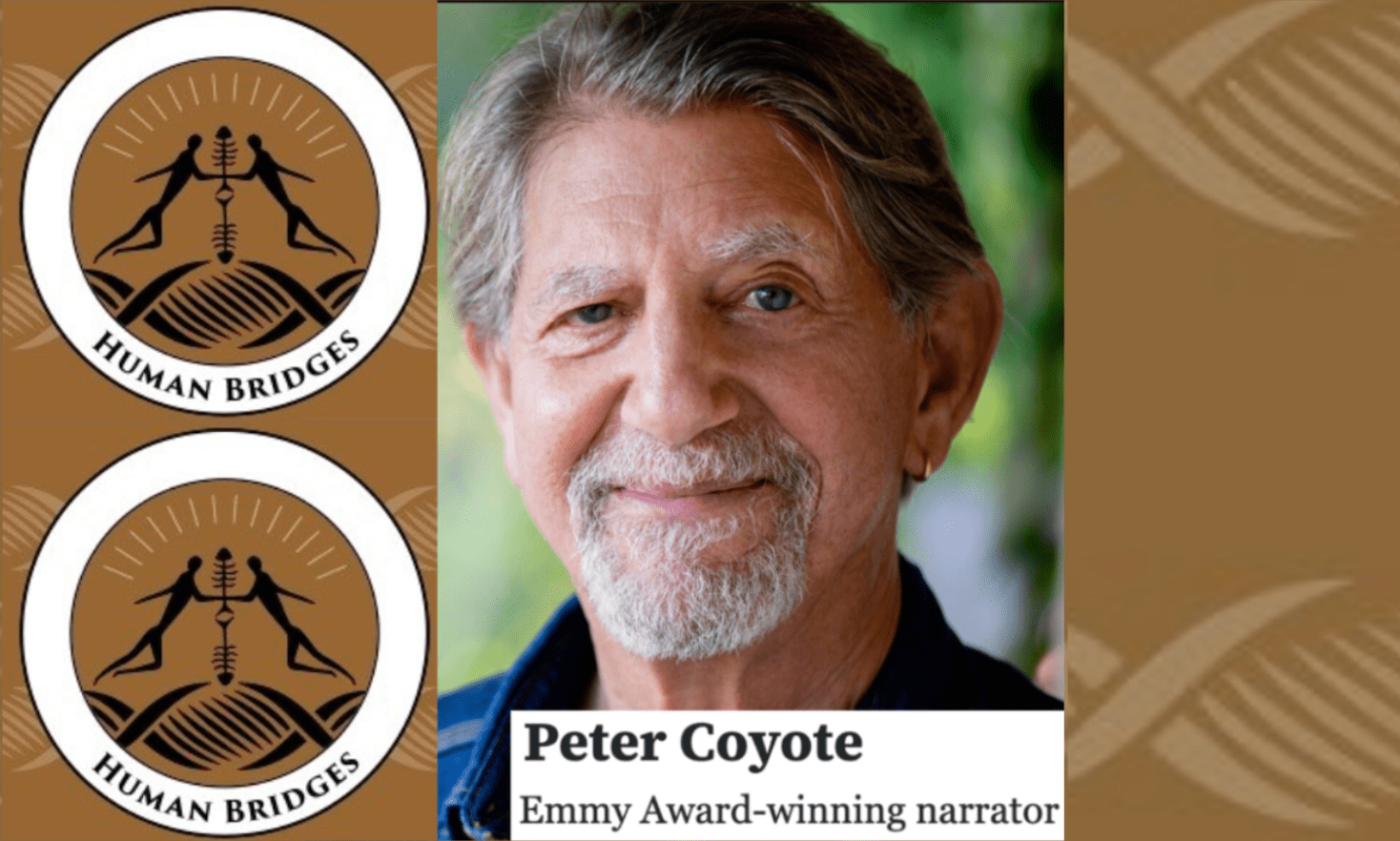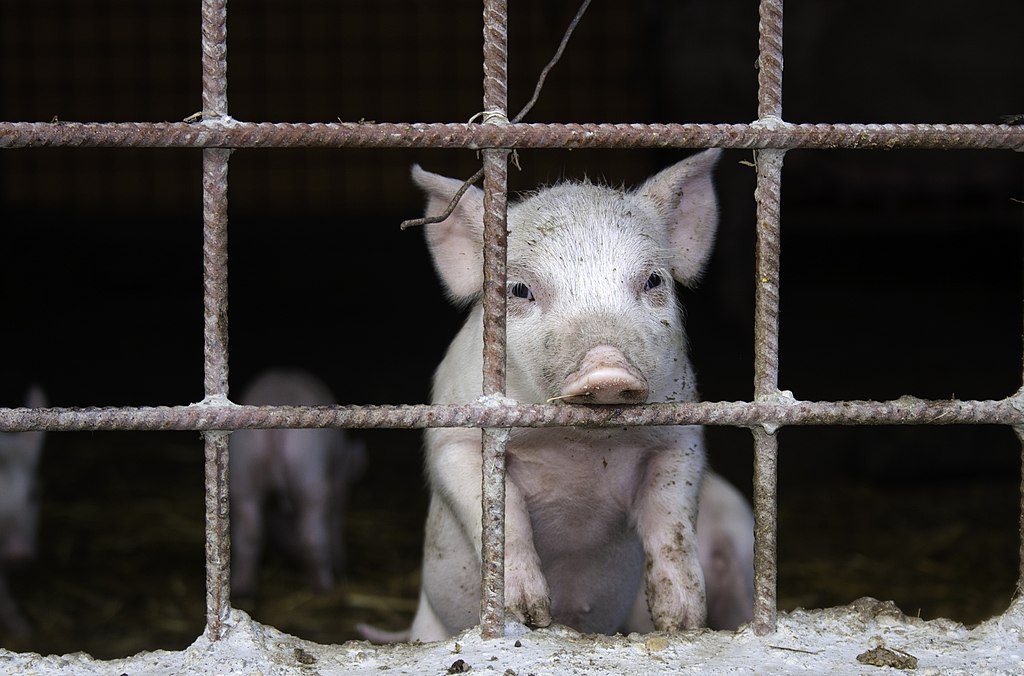Click here to read the article on the Observatory.
Lack of law enforcement leads to needless suffering for sentient beings.
By Reynard Loki
Farmed animals in the United States have minimal legal protections, and much of the abuse they endure is legal. Unfortunately, the federal Animal Welfare Act—which establishes protections for pets and nonhuman animals used for exhibition (like in zoos) and research—does not apply to farmed animals. Moreover, the U.S. Department of Agriculture (USDA) has a poorly conceived regulatory framework regarding animal rights and the enforcement of the few protections that exist for animals raised and slaughtered for human consumption.
“The failure of regulatory oversight in the U.S. slaughter industry is actually multifold, negatively affecting workers, animals, and the environment (including the communities that live near slaughterhouses),” wrote Delcianna J. Winders, an associate professor of law and director of the Animal Law and Policy Institute Vermont Law and Graduate School, and Elan Abrell, the vice president of community planning and partnerships at the Phoenix Zones Initiative, in 2021 for the Health and Human Rights Journal.
Most state anti-cruelty laws also exempt farmed animals or allow standard practices that are patently cruel. No federal law in the United States explicitly regulates the treatment of animals on farms, except for the small percentage raised organically.
“Cattle are subject to many unique forms of legal bodily exploitation,” wrote Katalina Hadfield, former editor-in-chief of Ecology Law Quarterly, in 2022. “Perhaps the most well-known form of exploitation is, of course, the slaughter of cattle to produce beef. Another common endeavor is to forcibly impregnate cows and collect their milk for processing and distribution. Cattle are also routinely branded, sometimes on the face, for humans to lay legal claims to their bodies. Cattle are subject to agitation, mutilation, and general discomfort in rodeos across the United States. Nearly all these practices are completely legal—and sometimes encouraged—in U.S. law.”
Even more concerning are the claims—some made by former USDA employees—that animal welfare officials purposely ignore breaches in animal welfare regulations in favor of business interests. In 2021, National Geographic reported that former USDA employees said, “inspectors were discouraged from documenting poor welfare,” revealing “a pattern of federal officials’ failure to act on potential welfare violations.”
While federal protection for farmed animals is largely nonexistent, the few instances of protection that do exist are on the state level. Since the turn of the 21st century, several states have enacted measures to improve the welfare of farmed animals. These laws are often the result of public concern, and in many cases, they are reflected in citizen-initiated ballot measures.
Factory Farms: Cruelty to Animals on a Massive Scale
Cows, pigs, and chickens—the most common animals in factory farms—are intelligent, emotional, and curious. They experience the same basic emotions as we do: joy, happiness, sadness, loneliness, and fear. But despite being sentient beings, they are treated like mere property on farms where they are raised and killed for human consumption.
Factory farms do not provide environments where animals can express natural behaviors, leading to frustration and psychological distress. They are forced to endure various forms of abuse and poor living conditions, including being kept in confined, unsanitary, manure-filled spaces with little or no room to move. This leads to stress, injuries, and infection, and animals are often given antibiotics to stave off the spread of diseases caused by these poor conditions.
To prevent animals from harming one another in crowded and stressful conditions, practices like debeaking, tail docking, and dehorning are performed without anesthesia. On top of this, workers often use rough and violent methods to move animals, causing further pain and injury.
According to a 2011 study published in the Journal of Dairy Science, 52 percent of farmers agreed that disbudding led to prolonged pain, “but pain management was rare” during the procedure.
Along with being selectively bred for productivity, animals are often given hormones and other drugs to promote rapid growth, which can cause health issues like chronic pain and lameness. Recombinant bovine somatotropin (rBST), a synthetic bovine growth hormone, may cause “an increased risk of adverse reproductive effects, clinical mastitis, foot and leg problems, injection-site reactions, and udder edema,” writes John B. Gaughan, an associate professor in the School of Agriculture and Food Sustainability at the University of Queensland, in “Metabolic challenge: How does it affect welfare?” a chapter in the 2018 book Advances in Cattle Welfare.
However, many of these animals do not receive adequate medical attention when sick or injured, leading to prolonged suffering. After a life of continual distress, they must also endure stressful and sometimes long-distance transportation, followed by a traumatic death.
Widespread abusive practices in factory farms raise significant ethical concerns and have led to calls for more humane treatment and better welfare standards for farmed animals.
The Challenge of Passing Animal Welfare Laws
Passing legislation to protect the welfare of animals trapped in our food system is not easy. In the United States, it is incredibly challenging due to several key factors.
Economic Interests
The agricultural industry plays a significant role in the U.S. economy. In 2023, agriculture, food, and related industries added about $1.53 trillion to the country’s gross domestic product (GDP), making up 5.6 percent of the total GDP. Of this amount, the output from U.S. farms contributed $203.5 billion, representing around 0.7 percent of the GDP. Large agribusinesses have substantial financial interests in maintaining current practices, as implementing stricter animal welfare laws can increase costs and reduce profitability.
However, as a 2022 Swedish University of Agricultural Sciences policy brief states, “Improving animal welfare can lead to improved profitability for farmers through, for example, higher prices for more in-demand products or higher production from healthier animals. … can imply healthier animals and that veterinary costs and the work of treating sick animals are thereby reduced… [and] can make production smoother, which in itself also has a positive impact on the farm’s financial outcome.”
Lobbying Power
Agribusinesses and industry groups wield considerable influence in politics through lobbying. They spend substantial amounts of money on lobbying efforts to sway lawmakers and resist regulations that could negatively impact their operations.
Between 2019 and 2023, “agribusiness interests spent a huge sum of money—$523 million—lobbying Congress,” said Karen Perry Stillerman, deputy director of the Food and Environment Program at the Union of Concerned Scientists and co-author of a May 2024 report about corporate lobbying on the Food and Farm Bill. “In just the last five years, the agribusiness sector’s annual lobbying expenditures have risen 22 percent, from $145 million in 2019 to $177 million in 2023. And each year, agribusiness spends more on federal lobbying than the oil and gas industry and the defense sector,” stated the report.
Lack of Public Awareness and Pressure on Lawmakers
A 2024 study by the NSF, a nonprofit testing agency that establishes and enforces food sanitation and safety standards, found that many consumers are worried about the treatment of animals in the food industry and where animal products come from. According to the study, 67 percent of U.S. respondents said animal welfare is “very or extremely important in purchasing decisions.” Additionally, 68 percent of consumers value companies that follow animal welfare standards throughout their global supply chains and are transparent about it. These concerns are important since meat consumption in the U.S., by some estimates, is expected to rise through at least 2032.
However, while there is a fair amount of public awareness about the horrific conditions in which factory-farmed animals are raised, it does not necessarily result in public pressure on lawmakers to enact animal welfare laws.
Legal and Regulatory Framework
The USDA oversees most aspects of animal agriculture and is mandated to promote and regulate agricultural production. However, it prioritizes productivity over animal welfare.
“Undercover investigations by animal protection organizations in the early 2000s exposed mistreatment of chickens and turkeys in some of the nation’s largest poultry slaughter establishments,” according to an extensive AWI report released in December 2023, “The Welfare of Birds at Slaughter in the United States.”
The group reported, “The USDA responded by issuing a Notice in September 2005, reminding the poultry industry that birds ‘must be handled in a manner that is consistent with good commercial practices [GCP], which means they should be treated humanely.’ Shortly thereafter, the USDA began issuing records to plants observed violating GCP. However, no additional regulations were written. As a result, compliance with GCP remains effectively voluntary; in most cases, USDA inspection personnel do not take enforcement action for violations, even when intentional abuse is involved.”
Unsurprisingly, the department’s strategic plan for fiscal years 2022-2026 contains no mention of animal welfare.
Political Climate
Animal welfare issues can be polarizing, and achieving consensus on new protections in a politically divided climate can be difficult. Some lawmakers may fear backlash from constituents or industry groups if they support stricter animal welfare laws.
These factors create a complex environment in which economic, cultural, and political considerations make the passage of comprehensive laws to protect farmed animals difficult at the federal and state levels, especially since many do not view them as sentient individuals but merely as property or a means of making a profit.
Sadly, passing new farmed animal protection laws—which have only been done at the state level in the last 45 years—doesn’t necessarily improve the lives of nonhuman animals. Proper enforcement of these laws is necessary to ensure they are afforded the necessary protections. Moreover, how these laws are drafted—including the specific powers given to a state agency and the instructions for that agency to carry out investigations and prosecutions—has an enormous impact on their efficacy.
We must ensure that these hard-won protections are maintained during implementation.
State-Level Farm Animal Protection Laws and Lack of Enforcement
State laws protecting farmed animals can be grouped into three main categories. Firstly, some laws set minimum standards for the care of animals on farms (such as providing food, water, shelter, and veterinary care). These laws usually grant the state authority to investigate complaints made by citizens or other agencies and differ from state cruelty laws, which often offer limited protection for farmed animals.
Secondly, laws prohibit specific conventional industry practices (such as keeping pregnant sows in small crates or housing egg-laying hens in battery cages). Thirdly, laws prohibit the sale of products based on these practices.
A report published in July 2024 by the Animal Welfare Institute (AWI), a nonprofit animal advocacy organization, documents how state-level farmed animal welfare laws are minimally enforced, even though such laws are meant to improve the lives of the 10 billion farmed animals raised and killed in the U.S. each year.
As of February 2023, 44 farm animal protection laws were in place in 18 states. AWI surveyed each state to determine whether and to what degree the provisions of those laws and regulations were being enforced.
To conduct this research, AWI submitted public records requests for documents related to all enforcement activities between September 2019 and February 2023. In response, AWI received records indicating some level of enforcement for only 12 of the laws in 10 states.
Similar to what AWI documented in its 2020 report—the first-ever comprehensive analysis of the enforcement of farmed animal protections by states—the 2024 report also showed that minimum animal care standards overall had the most evidence of consistent enforcement. Ohio, New Jersey, and Indiana supplied the most extensive evidence of enforcement.
In Ohio, for instance, the state’s agriculture department investigates complaints and enforces the rules, including levying fines or seeking injunctions through the court. State records show that during the survey period, the department conducted more than 100 investigations—the most of any state—and fined multiple producers, including one penalty totaling $15,000.
Lack of Enforcement of Laws
Several states have established animal protection laws but have yet to enforce them actively. For example, at the legislature’s direction, the Kentucky Department of Agriculture adopted farmed animal care standards in 2014 (which included a prohibition on veal calf crates after 2018). Yet, the department provided AWI with no enforcement records.
In Nevada, the legislature passed a law in 2021 to “phase out battery cages and the in-state sale of eggs from caged hens.” At the time of the survey, eggs produced or sold in the state must have come from hens afforded at least one square foot of space each (with the full cage-free requirement effective January 2024), a minor yet remarkable and welcome achievement. Animal activists are right to scoff at such a paltry improvement in the lives of imprisoned hens. But seen against the long arc of nonhuman rights, it demonstrates a willingness by lawmakers—and presumably the voters they represent—to move toward more space, and thus, more personal freedom, for hens.
Yet a records officer from the Nevada Department of Agriculture informed AWI that—contrary to a legislative directive—the department leaves it up to retailers to ensure compliance. This approach to enforcement is certainly not the way to ensure that the law is being followed.
In Massachusetts, there is a ban on the sale of certain animal products where they are confined in a way that “prevent [them] from lying down, standing up, fully extending [their] limbs, or turning around freely.” The department responsible for compliance with these requirements doesn’t need to conduct routine assessments but is only required to ensure “complaint-based enforcement,” according to the AWI report.
In Oregon, there is a requirement to ensure cage-free housing for hens regardless of whether the eggs are procured from within the state or outside, but there is minimal enforcement of the compliance of these housing standards. Equally problematic is Washington’s enforcement mechanism for its battery-cage egg sales ban, which only requires distributors to attest that they understand compliance is required without needing proof.
Out of the 30 state laws or regulations banning a specific industry practice, AWI received enforcement records for only two: Ohio’s tail docking ban and Colorado’s hen housing standards. One possible reason for this lack of enforcement is that most laws do not have any “mechanism” to check compliance proactively.
“[S]ince AWI’s [2020] survey, new farmed animal protection laws and regulations have taken effect in six states, but there has not been a dramatic increase in the overall enforcement of such laws,” said Adrienne Craig, senior policy associate and staff attorney for AWI’s farmed animal program, in the July 2024 report prepared by her.
The most significant changes included sales bans in states like California and Massachusetts on animal products derived from animals confined in spaces that did not meet minimum size requirements. However, these laws have faced lengthy legal challenges, delaying implementation and enforcement. It should also be noted that while they may avoid the torture of extreme confinement, these animals will nevertheless continue to endure physical and emotional pain and suffering.
“Legislation establishing any standards for the care of animals or related to the sale of specific products must include a clear enforcement mechanism that requires the appropriate state agency to proactively ensure compliance, as well as the obligation to investigate complaints and follow up on violations,” said Craig.
Important Factors to Ensure More Ethical Food Practices
Lawmakers must consider many elements when drafting the most effective farmed animal protection laws.
Legislation establishing minimum standards for livestock care must include language clearly providing a mechanism for complaints and an obligation for the appropriate state agency to investigate and follow up. Severe violations—such as failure to seek veterinary care for injuries or causing an animal to become emaciated—need to be prosecuted and not merely left to the agency’s discretion.
The agency responsible should be required to periodically review minimum care standards to ensure they reflect the latest animal welfare science.
For sale bans, legislative bodies should direct a single responsible agency to require producers and distributors to prove compliance through on-farm inspections, which a competent third-party certifier can perform.
Fines need to be established to penalize noncompliance, and the penalties must be high enough to discourage violations rather than allow producers and retailers to treat them merely as the cost of doing business.
“We can and must reduce the vast amount of avoidable suffering that animals raised for consumption endure,” said Craig. “Lawmakers, as representatives of the people who elect them, should do what they can to ensure their communities’ ethical and moral standards are reflected in the laws and in their robust enforcement.”
It takes all of us—as consumers and voters—to play an active role. An excellent first step is knowing how the food on your dinner plate arrives there. A significant next step is to find out who your elected officials are so you can determine precisely where they stand on animal protection laws and start a conversation about how they can improve them. Across the globe, cities are launching healthy eating campaigns based on plant-based diets, and for many good reasons, vegan diets are on the rise worldwide. Plant-based alternatives not only prevent animal cruelty but are better for the environment.
This article was produced by Earth | Food | Life.
Reynard Loki is a co-founder of the Observatory, where he is the environment and animal rights editor. He is also a writing fellow at the Independent Media Institute, where he serves as the editor of Earth | Food | Life.
Photo Credit: Scattare61 / Wikimedia Commons


